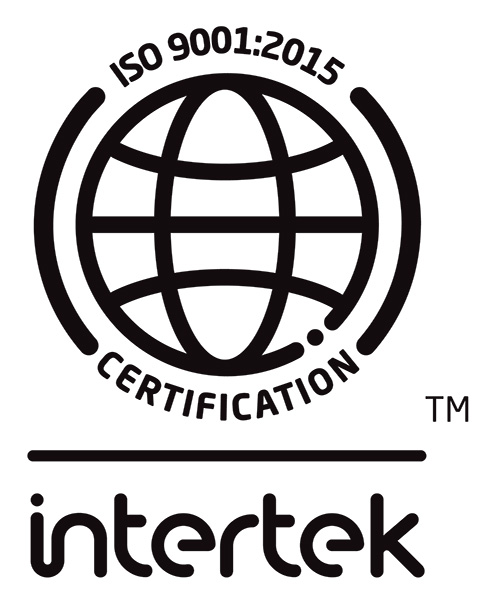Optimizing microbiology value in small, resource limited laboratories: Providing early diagnostic value to clinicians and their patients in regional settings.
Robert P. Rennie(a), Susan Weiss(b), Darren Pasay(c)
(a) Microbiology Consultant, Central Zone, Alberta Heath Services; (b) Laboratory Supervisor, St. Joseph’s Hospital, Vegreville; (c) Drug Stewardship Pharmacist, Central Zone, Alberta Health Services.
Small regional towns and cities may be several hours away from diagnostic services. It is generally not feasible to transfer those patients to the big cities except in emergencies (“there’s no room at the inn”). Some primary services can be delivered close to the patient with no increase overall costs and can help to optimize care.
In those small regional settings, the mantra of “pack and ship” medical microbiology samples without due consideration for maintaining the viability or overgrowth of microorganisms (1), no provision for multiple daily couriers to large laboratories, and without consideration for increased antimicrobial usage or antimicrobial resistance has become common.
In one such small centre in rural Alberta, the most common microbiology samples are urines for culture and throat swabs for streptococcal pharyngitis. This particular laboratory also performs MRSA screens for better utilization of beds in the local hospital. Support from a medical/clinical microbiologist is available on a daily basis for both laboratory and clinician interactions.
This article describes the process by which urine cultures were and are now processed to provide early diagnosis of infection (or not), and indicates how clinicians can access information on antimicrobial resistance in their own area to better optimize treatment when required.
Prior to 2014 at the rural hospital, urine samples were submitted to the laboratory and inoculated by pouring onto a culture medium paddle (2). After incubation for at least 18 hours at 35°C, the paddle was examined for growth. If no growth or an obvious mixture of three or more morphotypes was observed, the culture paddle was discarded and a final report of “No growth” or “Mixed growth” was released. If a pure culture or no more than two morphotypes was observed, the sample was forwarded late that date (after 5 PM) to the referral laboratory in Edmonton, Alberta. It was understood that the samples may not arrive at the referral laboratory until after 9 PM.




